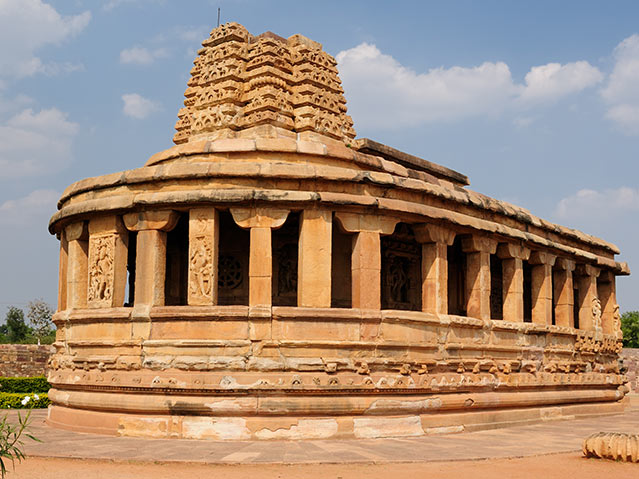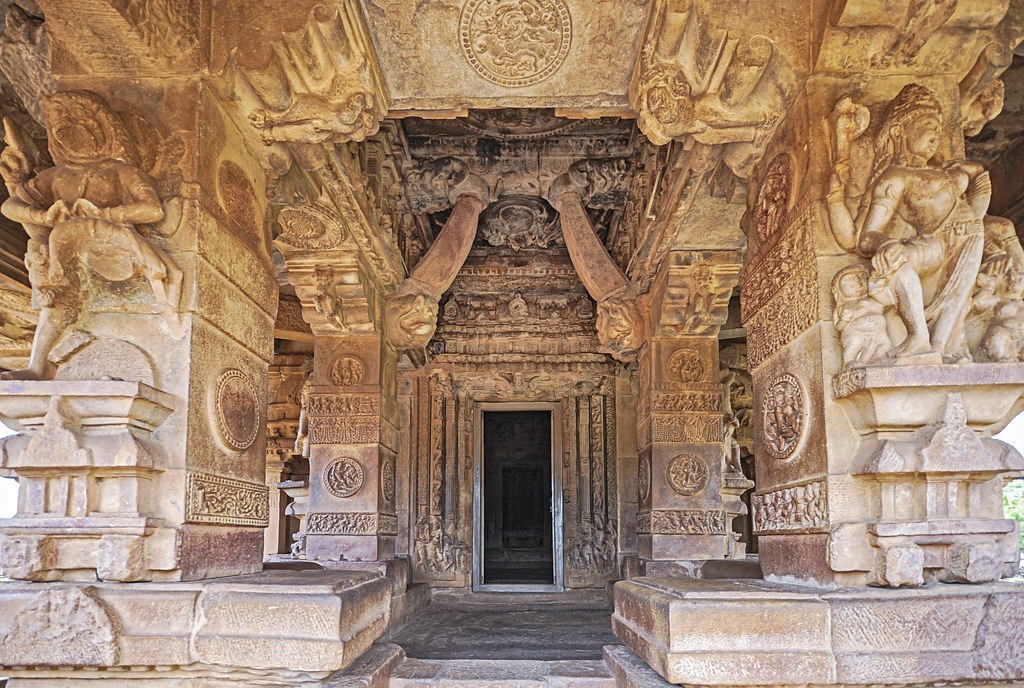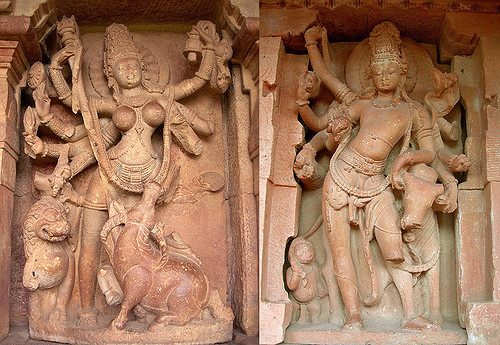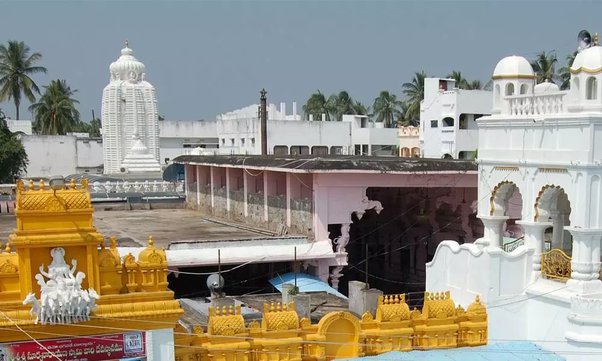MARTAND SUN TEMPLE
The Martand Sun Temple is a Hindu temple located near the city of Anantnag in the Kashmir Valley of Jammu and Kashmir (union territory), India. It dates back to the eighth century CE and was dedicated to Surya, the chief solar deity in Hinduism; Surya is also known by the Sanskrit-language synonym Martand (मार्तण्ड, Mārtaṇḍa). The temple was destroyed by Sikandar Shah Miri.
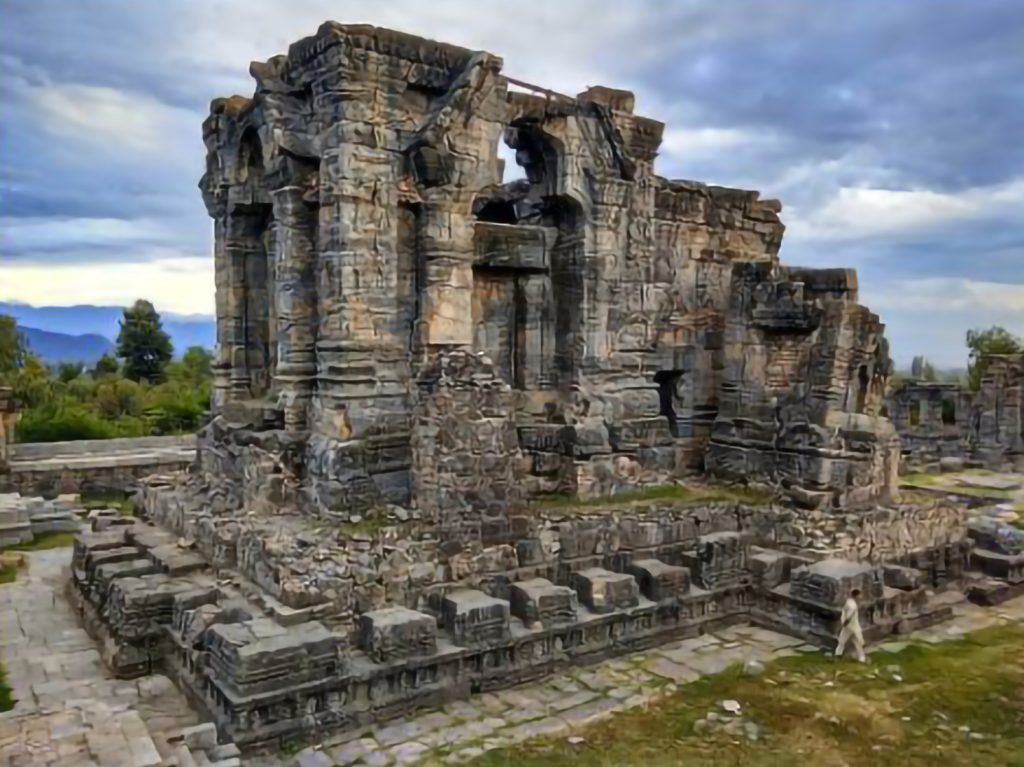
According to Kalhana, the Martand Sun Temple was commissioned by Lalitaditya Muktapida in the eighth century CE.According to Jonaraja (fl. 1430) as well as Hasan Ali, the temple was destroyed by Sikandar Shah Miri (1389-1413) in a zeal to Islamise the society under the advice of Sufi preacher Mir Muhammad Hamadani; Jonaraja pinned the blame on his chief-counsel Suhabhatta, a Brahman neo-convert who was held to have manifested a reign of intense persecution for the local Hindus whereas Ali particularly affirmed Sikandar’s own convictions in these aspects.
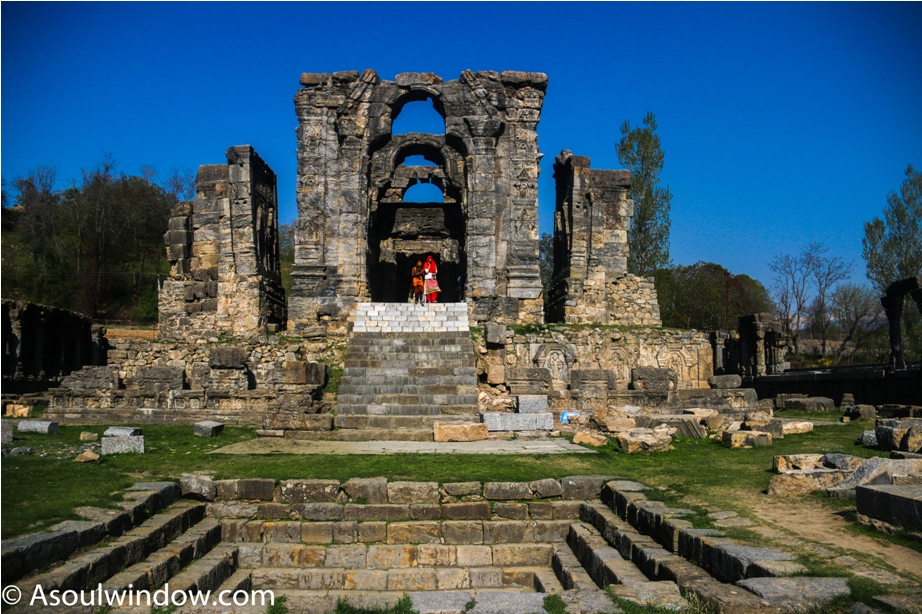
Scholars caution against accepting these sources at face value — Jonaraja was appointed by Sikandar’s son, who sought to bring back the Brahminical elite into the royal fold while later Muslim chroniclers had their motives to fit the past into an idealist tale of orthodox Islamic morality. According to Chitralekha Zutshi and Richard G. Salomon, Sikandar’s policies were guided by realpolitik and, like with the previous Hindu rulers, an attempt to secure political legitimacy by asserting state power over Brahmans and gaining access to wealth controlled by Brahminical institutions. J. L. Bhan notes a stone sculpture—a four-armed Brahma, sculpted by son of a Buddhist Sanghapati and dedicated to Sikandar—to challenge simplistic notions of religious persecution. Slaje disagrees about an absence of religious motivations but notes the aversion of Brahmin chroniclers to be, largely, the result of resistance to the gradual disintegration of caste-hierarchy under Muslim influence.
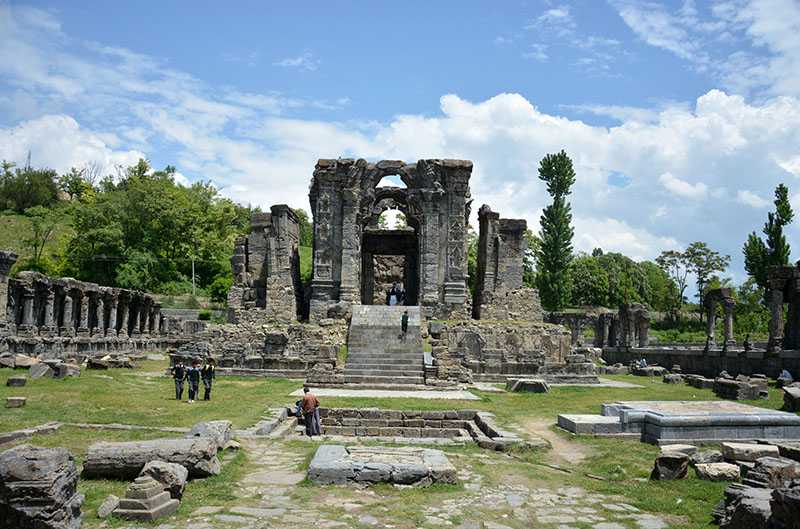
The Martand temple was built on top of a plateau from where one can view whole of the Kashmir Valley. From the ruins and related archaeological findings, it can be said it was an excellent specimen of Kashmiri architecture, which had blended the Gandharan, Gupta and Chinese forms of architecture.
The Archaeological Survey of India has declared the Martand Sun Temple as a site of national importance in Jammu and Kashmir. The temple appears in the list of centrally protected monuments as Kartanda (Sun Temple).
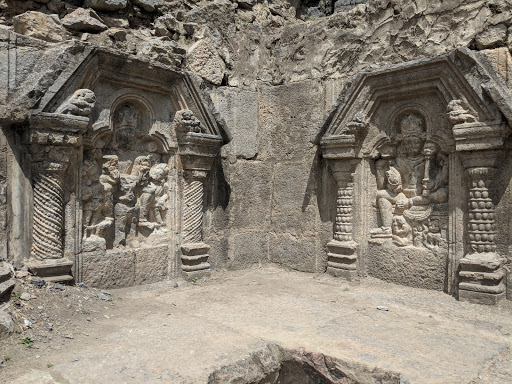
The temple has a colonnaded courtyard, with its primary shrine in its center and surrounded by 84 smaller shrines, stretching to be 220 feet long and 142 feet broad total and incorporating a smaller temple that was previously built. The temple turns out to be the largest example of a peristyle in Kashmir, and is complex due to its various chambers that are proportional in size and aligned with the overall perimeter of the temple. In accordance with Hindu temple architecture, the primary entrance to the temple is situated in the western side of the quadrangle and is the same width as the temple itself, creating grandeur. The entrance is highly reflective of the temple as a whole due to its elaborate decoration and allusion to the deities worshiped inside. The primary shrine is located in a centralised structure (the temple proper) that is thought to have had a pyramidal top – a common feature of the temples in Kashmir. Various wall carvings in the antechamber of the temple proper depict other gods, such as Vishnu, and river goddesses, such as Ganga and Yamuna, in addition to the sun-god Surya.
Thanks for reading.
